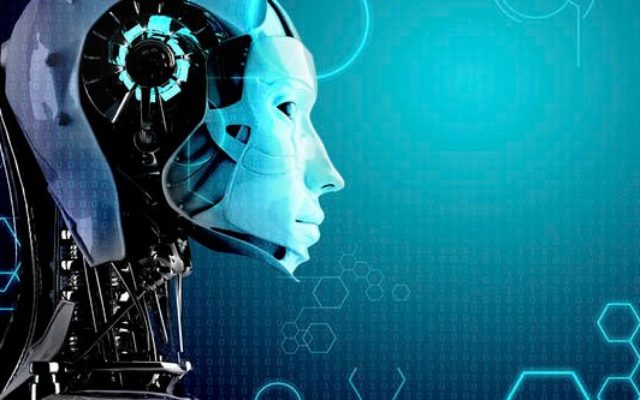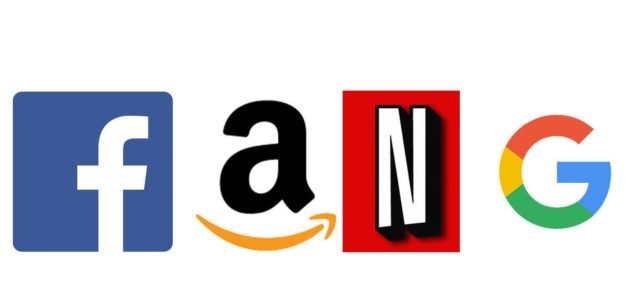Today the whole economy is changing into a Digital Economy and disrupting the respective markets and industries. Businesses are shifting from selling physical things to selling digital things.
To take an example of the Music industry – in the old days we had to go to the store to buy LP records, then along came cassettes and CDs which were then disrupted due to the introduction of the MP3 format in the 1990s. Later came the IPod/IPhone and people could carry their music with them. Spotify further changed this to streaming music, so now you don’t have to download music at all.
The song collection on Spotify is so large that you would need a lifetime to listen to all of them. That’s where Spotify started using machine learning; to identify and predict what a person might like to listen next.
The main driver for this change was “Customer behavior“. With the flexibility of anytime, anywhere, any information, customers became more aware of the products than the manufacturers. Companies need to understand this and recognize the trends, to predict customer behavior.
With exponential growth in data from people and things, a key to survival is to use machine learning & make that data more meaningful, more relevant to enrich the customer experience.
It took a while for phones to become smart phones. But now machines can become smarter machines faster, by combining the Internet of Things, machine learning, and data insights, with the addition of people and devices.
In order to understand all the data coming our way, machine learning algorithms will be required. These are various techniques that allow the machine to learn on its own. Algorithms will also significantly influence the Internet of Things. Without them, the IoT is not even possible! Gartner predicts that 25 billion connected devices will be in use by 2020. All these devices will be connected to business processes as well as billions of smartphones. This will generate massive amounts of data that need to be analyzed to understand what’s going on. This can only be achieved with algorithms, which can take automatic action at the right moment.
Here are some of the examples how machine learning is helping businesses in Digital Transformation:
- PayPal fights fraud with machine learning consuming more than 1.1 petabytes of data for 169 million customer accounts at any given moment.
- Airbnb uses Aerosolve Machine Learning package to help owners set a price for rental based on features of home, time of year, demand etc.
- Amazon’s recommendation engine is one example where machine learning drives a lot of economic value
- Microsoft Azure Machine Learning, Google Prediction APIs, Amazon ML and IBM Watson Developer Services come with ready made algorithms that allow businesses to extract patterns from data, predict trends, identify language translations, understand social media sentiments, just to name a few.
- Apple Siri, Google Now, and Microsoft Cortana–like digital personal assistants are making use of Machine Learning for speech recognition to become smarter & creative therefore knowing more about you and your needs.
- By connecting the sensors and systems in each of their elevators to the cloud, ThyssenKrupp, a Garman Elevator Manufacturer, has been able to move beyond preventative maintenance to offer predictive and preemptive services, a service that has not been possible before in the elevator industry.
- Today after 56 years even the Barbie doll is going to become interactive and internet connected, that can talk to children and respond to their questions.
At the end Machine Learning helps make sense of digital tide, which we are generating and helping the humanity do better.
Article by channel:
Everything you need to know about Digital Transformation
The best articles, news and events direct to your inbox
Read more articles tagged: Featured, Machine Learning






